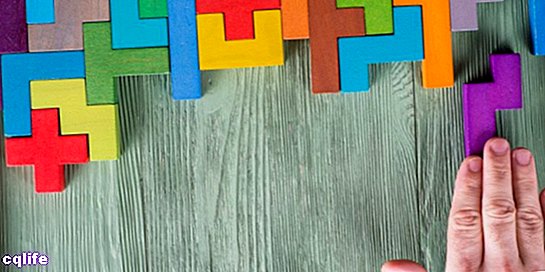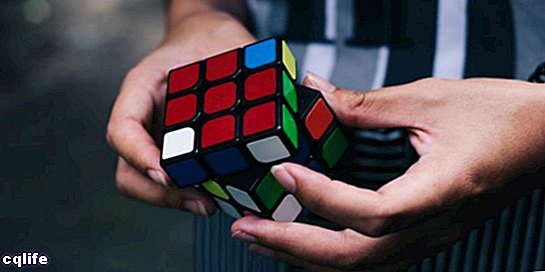- What is logical thinking?
- What is logical thinking for?
- Logical-mathematical thinking
- Examples of logical thinking
We explain what logical thinking is and what this form of reasoning is for. Also, some examples of logical thinking.

What is logical thinking?
Logical thinking is understood to be those forms of reasoning purely relational, that is, they involve real or abstract objects and a series of relationships between them. It is a kind of thought which comes from the individual elaboration itself, and which requires abstract, hypothetical elaboration.
In this type of reasoning, it is essential to extract conclusions valid from a set of determined premises, such as in propositional logic or symbolic logic, which are formal models of expressing a reflection.
This type of reasoning is, moreover, extremely ancient, since it was widely cultivated by the ancient Greek philosophers, who saw in deduction and formal correlation the best method to reach the truth.
Today we know that certain conclusions cannot be reached this way, but even so the logic is an elemental part of scientific thought contemporary, especially with regard to the rules of the formal process of research.
Logical thinking can be combined with others, thus giving rise to logical-mathematical, abstract-logical, spatial-logical, among others.
What is logical thinking for?

The logical thought is precise, justified and evident, reason why it represents the ideal for the argumentation, and this last one is key for all forms of debate, deduction or verification of thought.
Deductive logic, above all, is part of the reasoning most used in academic and school settings, being key also for the math. That is why it is pedagogically exercised from the early stages of cognitive development.
Logical-mathematical thinking
This is the name given to the application of logical thinking to the formal rules of mathematical language, which fundamentally consists of a set of signs that represent quantities or variables, and the set of logical relationships that exist between them.
It is a type of key reasoning in numerical or mathematical intelligence, one that allows us to skillfully handle operations with numbers, as well as establish relationships, represent through models and perform quantifications.
Examples of logical thinking

Some examples of logical thinking are:
- Rubik's cube. A popular late 20th century toy, consisting of a six-sided cube made up of nine squares of colors, capable of moving vertically or horizontally. The cube is usually disordered and then attempts are made to recompose, assembling the various colored faces at the same time through movements accurate of the cube faces.
- The puzzles or puzzles. Assembling puzzles is a strong exercise in logical and abstract thinking, in which shapes, colors, and relationships must be considered.
- The riddles. The oriental zen riddles are famous, in which the teacher did not test the student's deductive capacity, but his logic to think the answer to an unsolvable riddle on his own.
- The games of categories. Styles of children's games in which objects must be arranged in categories, establishing logical relationships between each one and assigning them categories depending on their specific properties.
- The math. Every mathematical exercise, of any kind, puts formal-logical thinking into practice.
